So, you love your buddy’s tone and really dig the speakers he’s been playing for the past six months! You go out and buy the very same speakers, put them in nearly the same rig, but it just doesn’t sound the same. Your dilemma is not uncommon. Many variables could be responsible for such a situation, but most likely it is a result of your friend’s speakers being “broken-in,” while yours are still brand new.
Simply put, all speakers are built to meet certain specifications right out of the box. Most manufacturers work diligently to ensure that happens, and tolerances are usually pretty tight. As soon as the speaker has been put into service, all that changes though, and so does the tone. The sonic results you’ll hear from break-in are: warmer, smoother highs, an increase in overall warmth, and a slightly deeper, fatter low end. 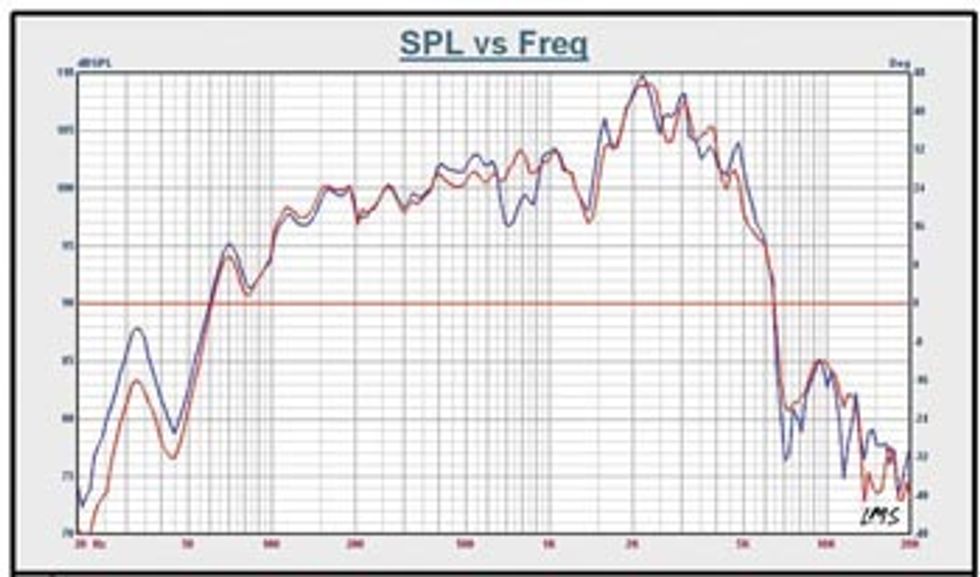
A good way to characterize speaker break-in is to consider it as a curve. It begins with the first note you play and progresses fairly rapidly through the first several hours, or days, of playing. Changes in the speaker will continue throughout its usable life cycle, but they slow down dramatically and become unnoticeable to even the most seasoned ears. In other words, the curve is initially pretty steep, but becomes much flatter after several hours of use, and even flatter over an extended period of time. The noticeable amount is where the term “break-in” or “broken-in” is commonly used.
Players often wonder if it’s necessary to put the speaker through some sort of break-in process. Technically speaking, there is no benefit to the life of the speaker or other glaring justification for it—other than to avoid going through a phase where you’ll notice changes. Often, it’s even fun and enlightening to experience playing through the break-in period. However, you wanted your tone to be like your buddy’s, so you’d like to get there now, right? If that’s the case, you may want to consider some sort of procedure to get your speaker sounding the way it will be expected to for the majority of its usable life cycle. Let’s talk about how you can do that.
1. Recorded music is one of the most common methods to induce break-in. A good stereo receiver playing music at moderate volume for several hours or even days is a safe and reliable method. Use good judgment, and don’t overpower the speaker or feed it tons of low-frequency material. If it is distorting, you’re probably damaging the speaker. Get as much cone movement as you can, but you will know when you’re going too far.
2. Physical movement certainly works, if you have the time to sit there and work the cone up and down. I don’t recommend it, though. You could damage the speaker—or reinforce your significant other’s view that you’ve taken this guitar thing way too far!
3. Hanging speakers face down is often suggested as an option. In reality, that promotes suspension sag, which can displace the coil in relation to the top plate. This is not breaking the speaker in, but likely changing the intended tonality of the speaker forever. The stiffness of the suspension components hasn’t changed with this method, right?
4. Variacs are variable AC voltage controls with distortion-free output. This source will get the speaker moving, typically at 60Hz. If you can get your hands on one, it is a great way to break a speaker in.
5. Noise signal generators are my personal preference, accompanied by a multimeter to read the output voltage, and a frequency counter to read frequency. I’ll play a 20Hz–30Hz sine wave through the speaker with 15V–20V for four to eight hours. It’s an effective method, but pretty abusive. You have to use very good judgment in setting it up. I’ve been known to burn up a voice coil by mistake. This is likely not a practical solution for most people, because the equipment is not readily available.
6. Just playing it is a safe and reliable method. Play it hard and play it loud to shorten the time required. Don’t damage your hearing by any means! Fifty to a hundred hours should get you to the point that you no longer recognize tonality changes.
Look for more on this topic in future installments. We’ll take it a step further by breaking in speakers of the same model using various methods. We’ll use some loudspeaker measurement systems to track our progress and resultant speaker changes. Maybe we’ll solve all the mysteries!
Anthony “Big Tony” Lucas
is a guitarist and Senior Lab Technician at Eminence Speaker LLC, where he specializes in guitar-speaker design and customer support. Big Tony has been with Eminence for over 10 years and is responsible for many well-known guitar speaker designs.






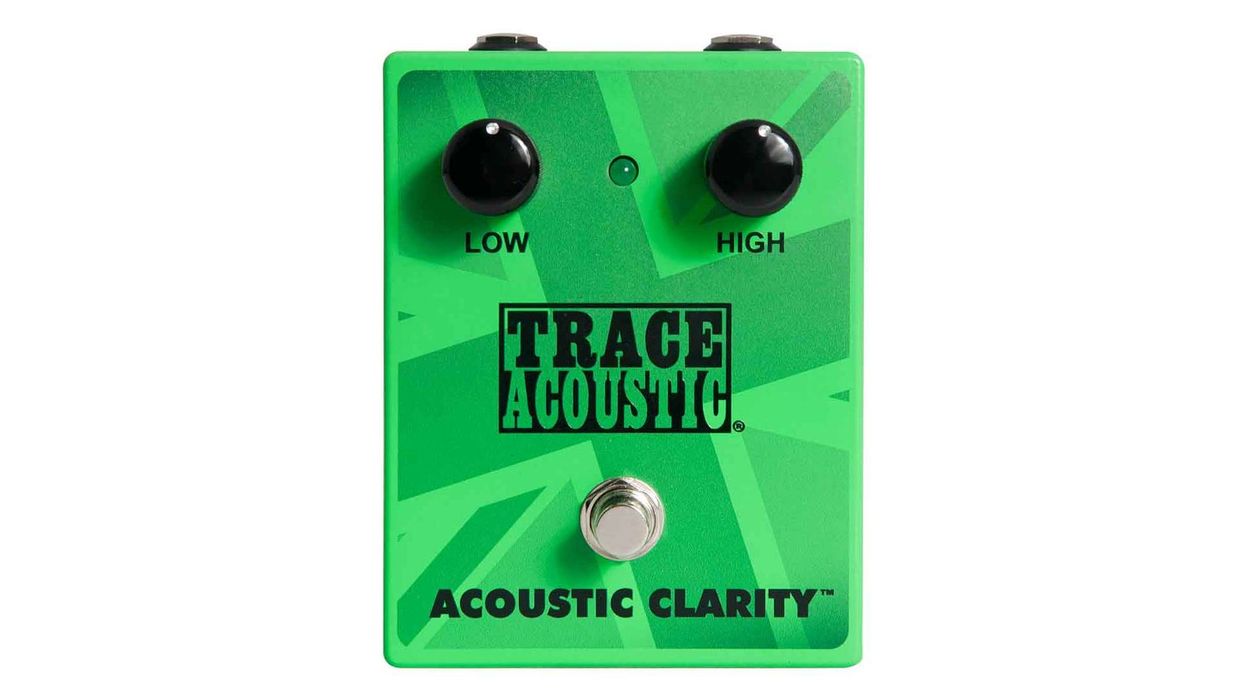






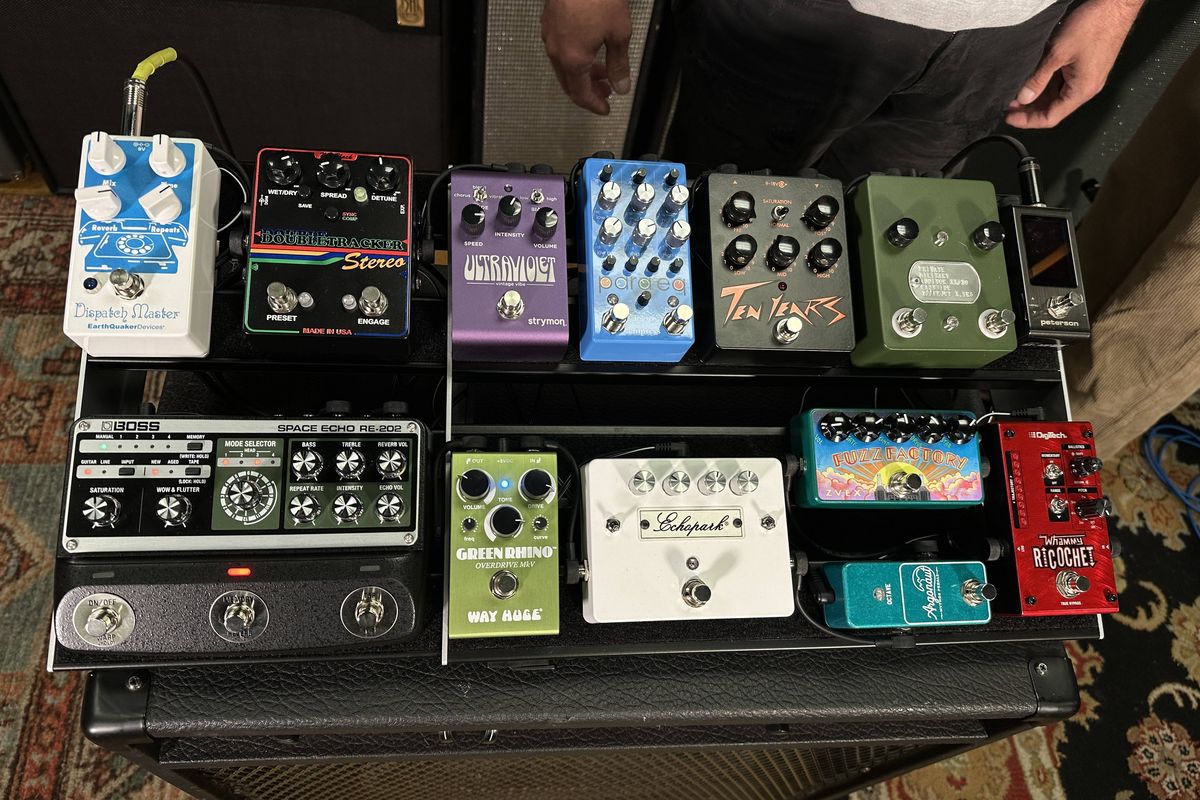
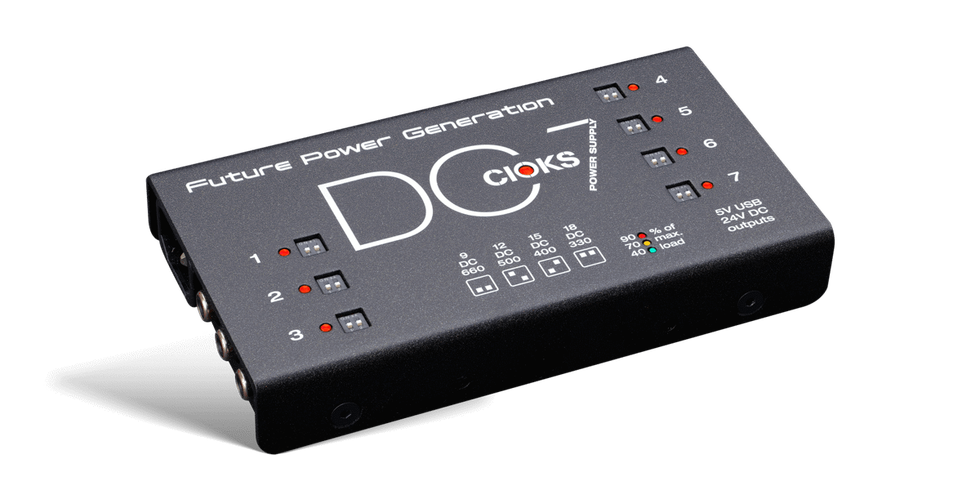
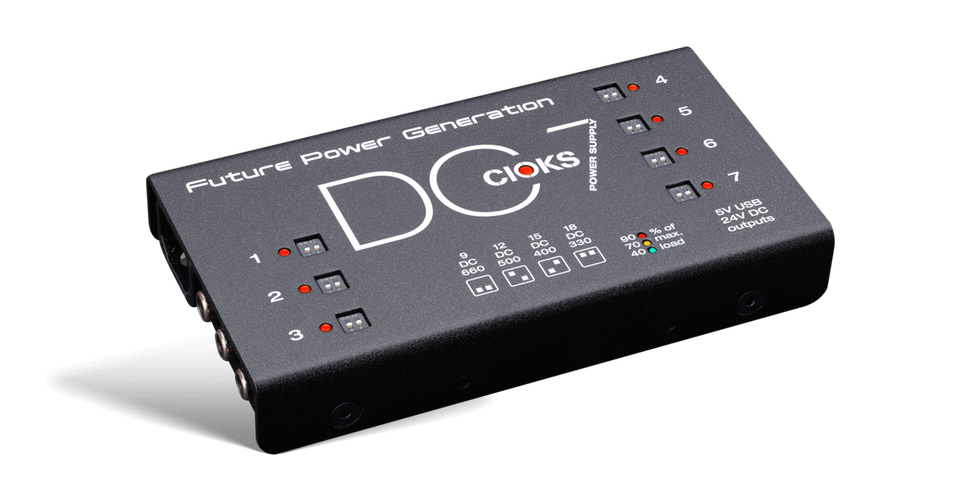
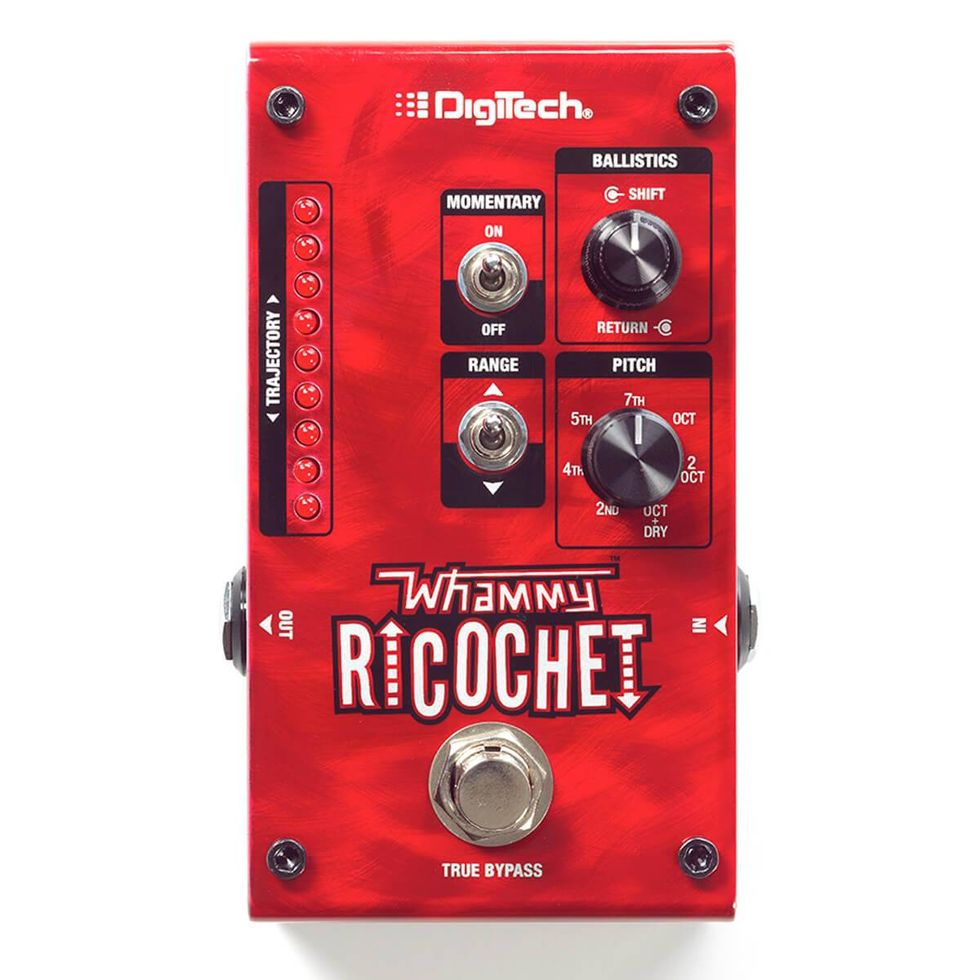
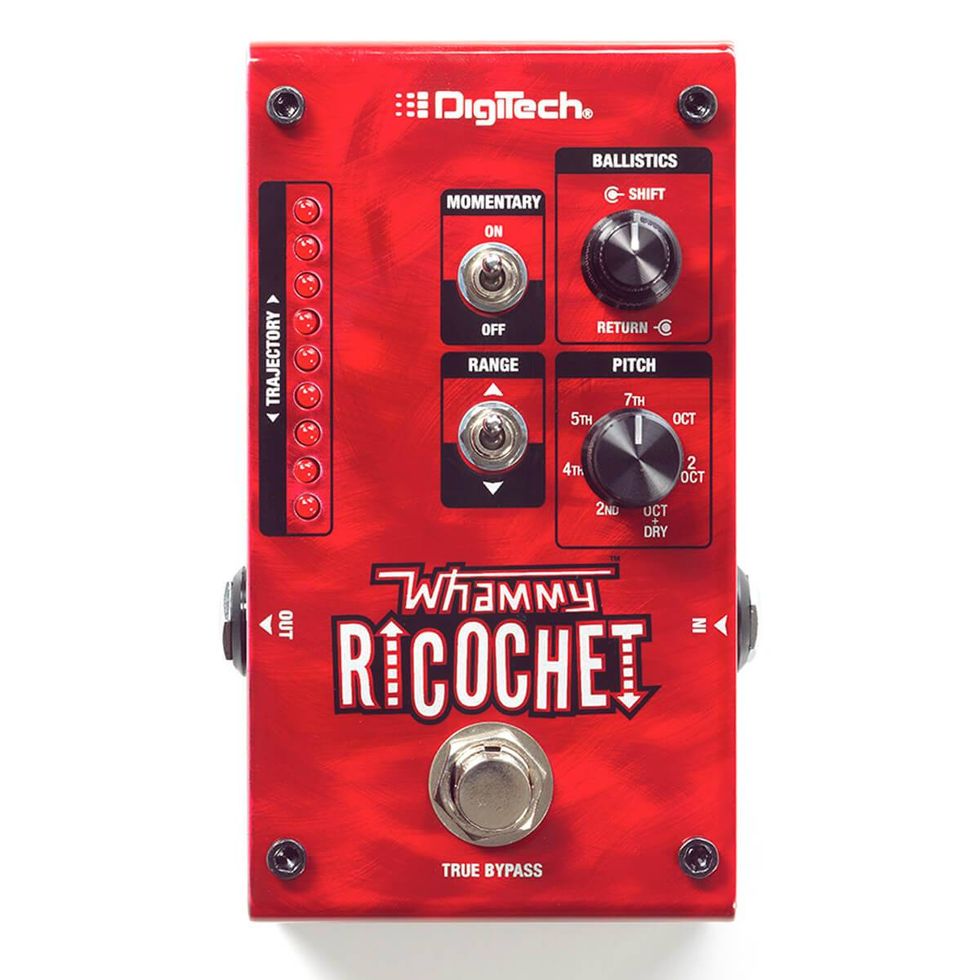
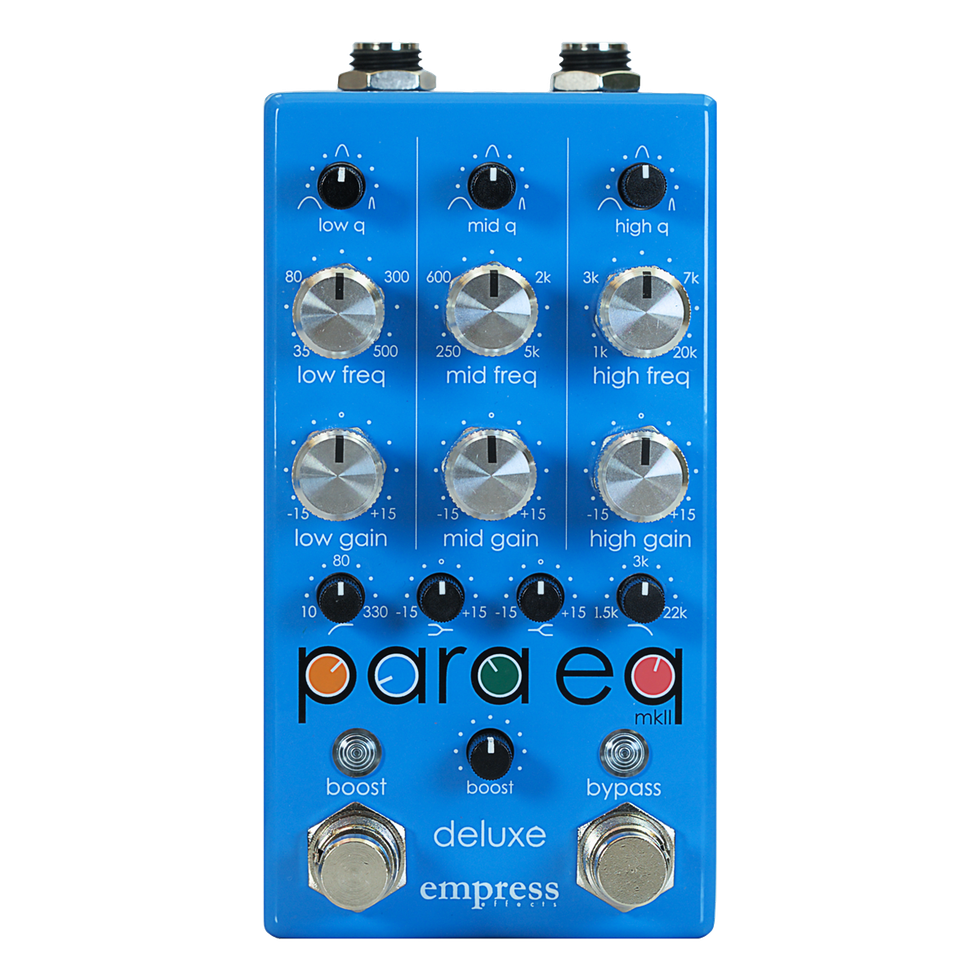
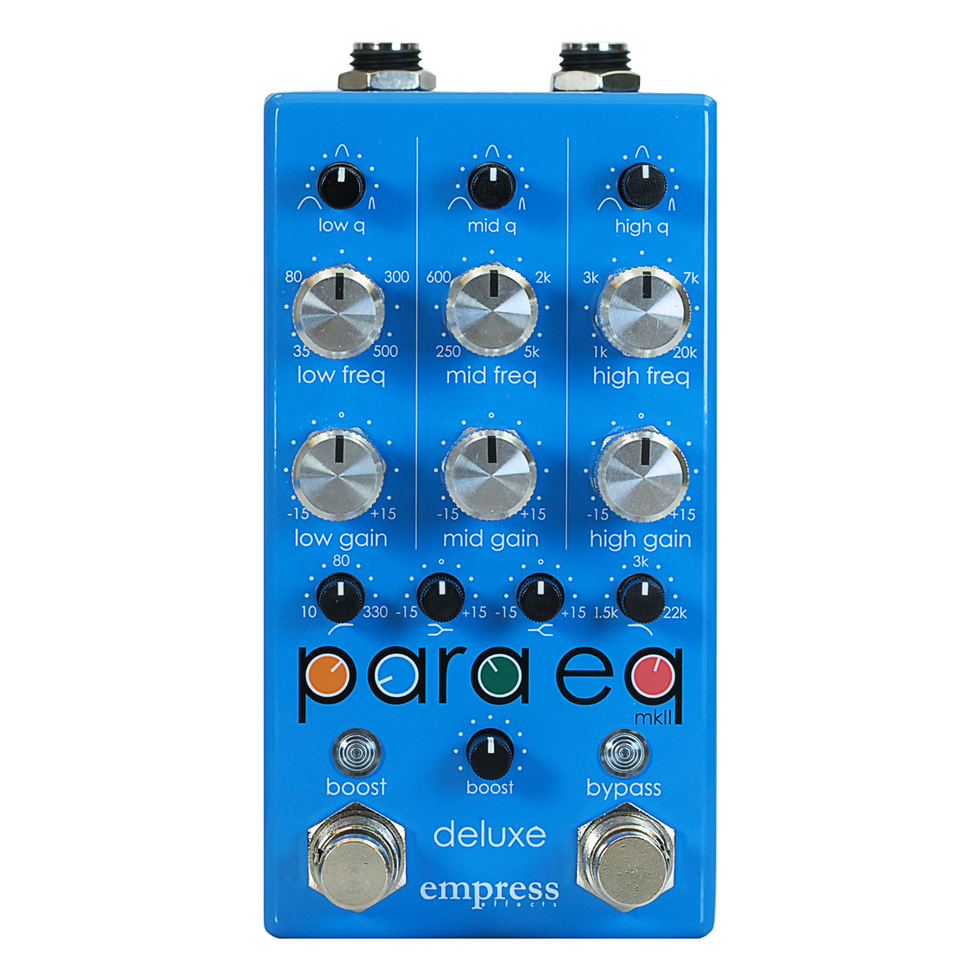
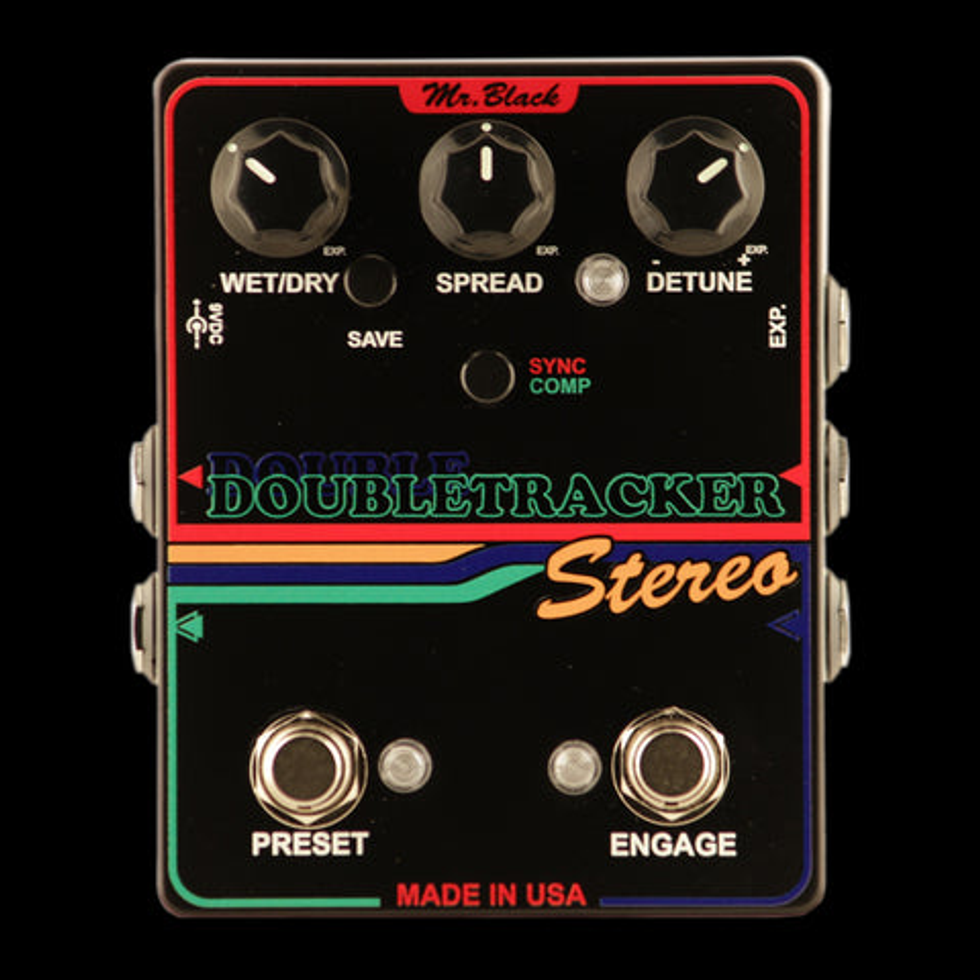
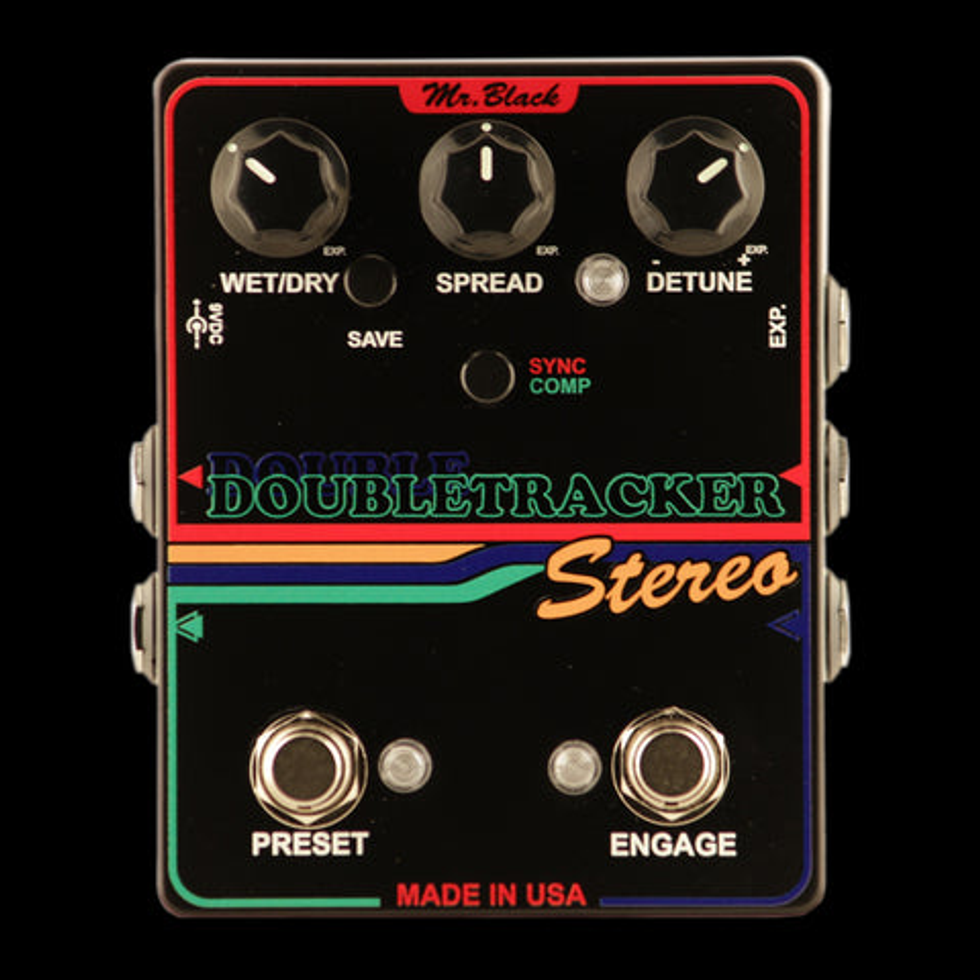
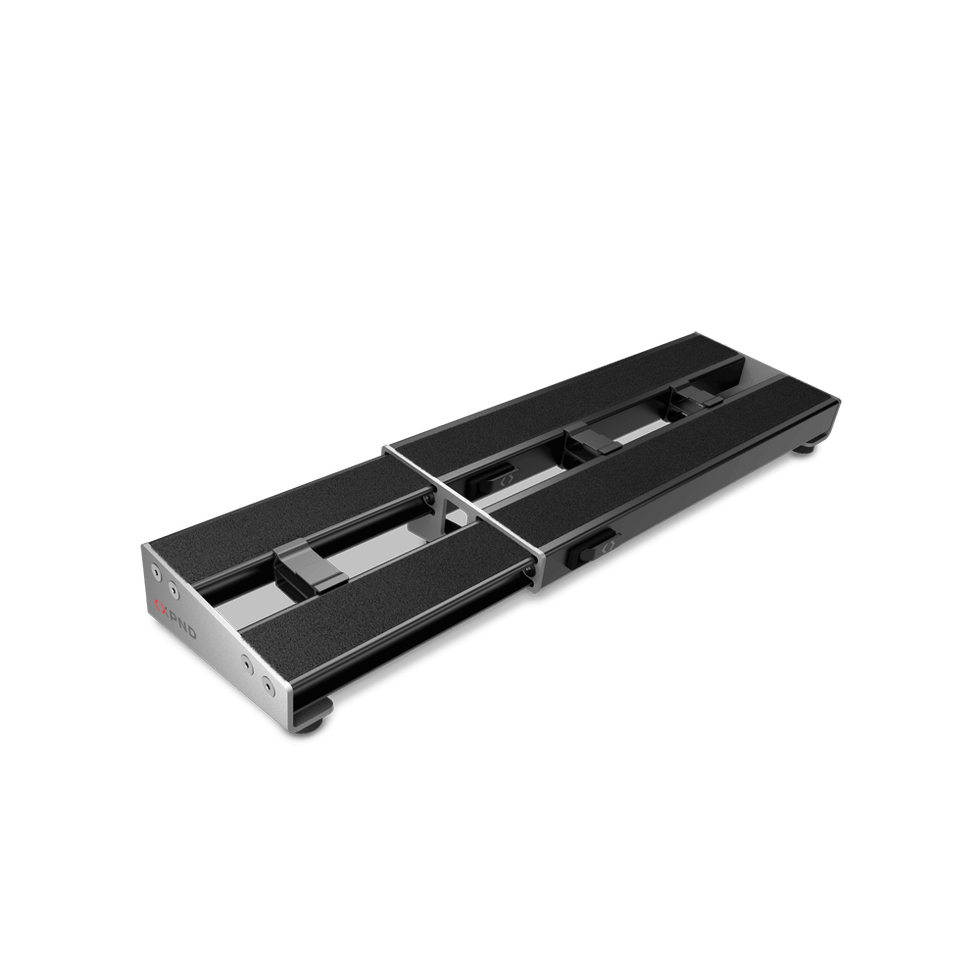
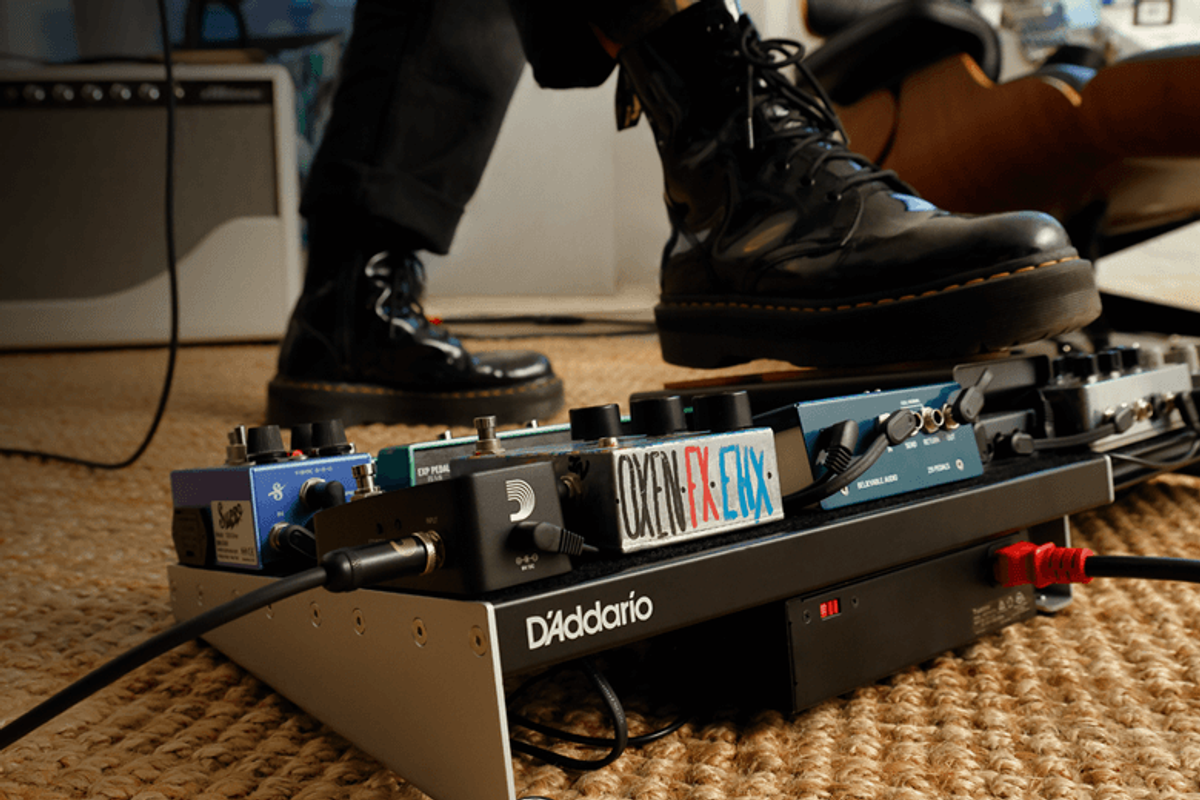
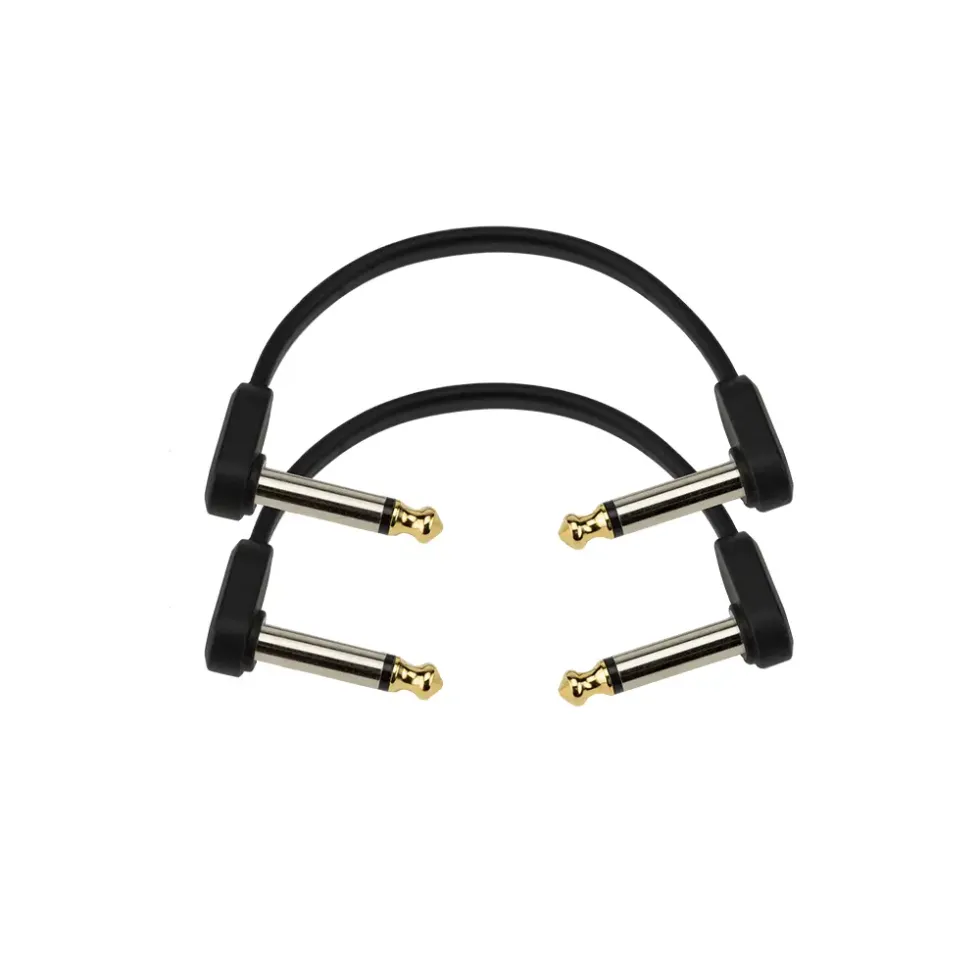
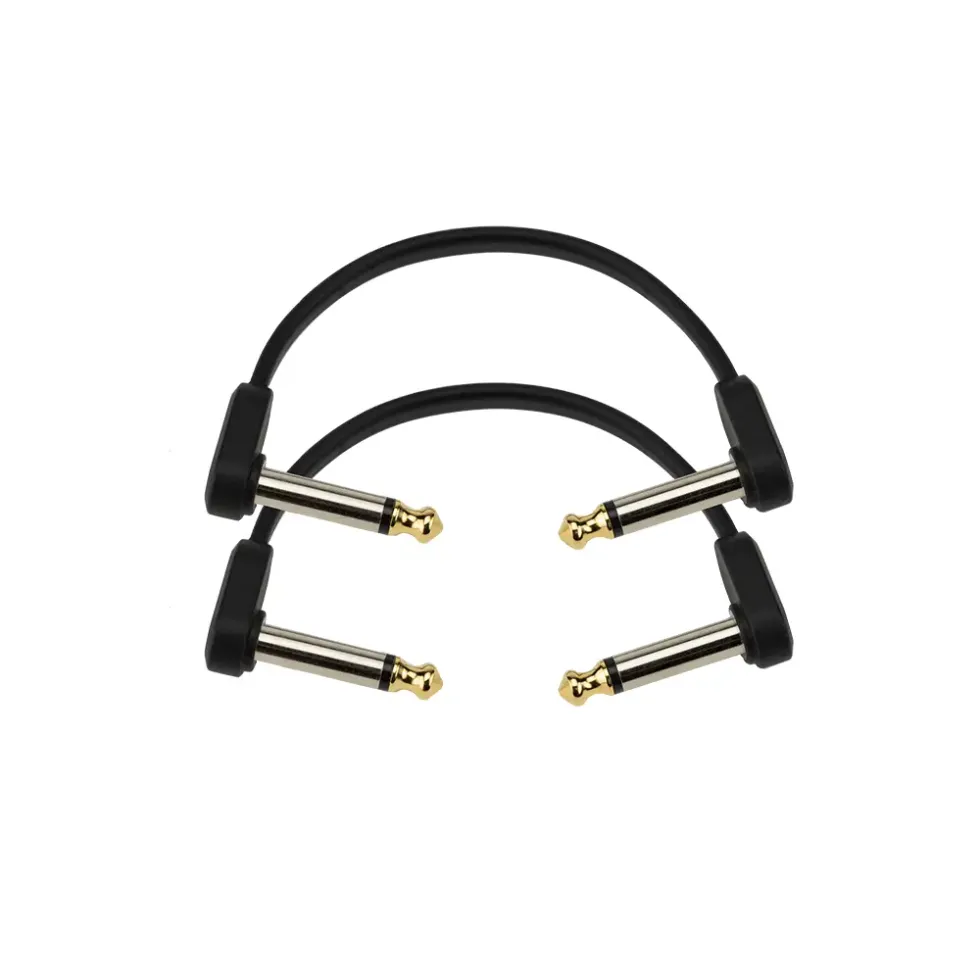
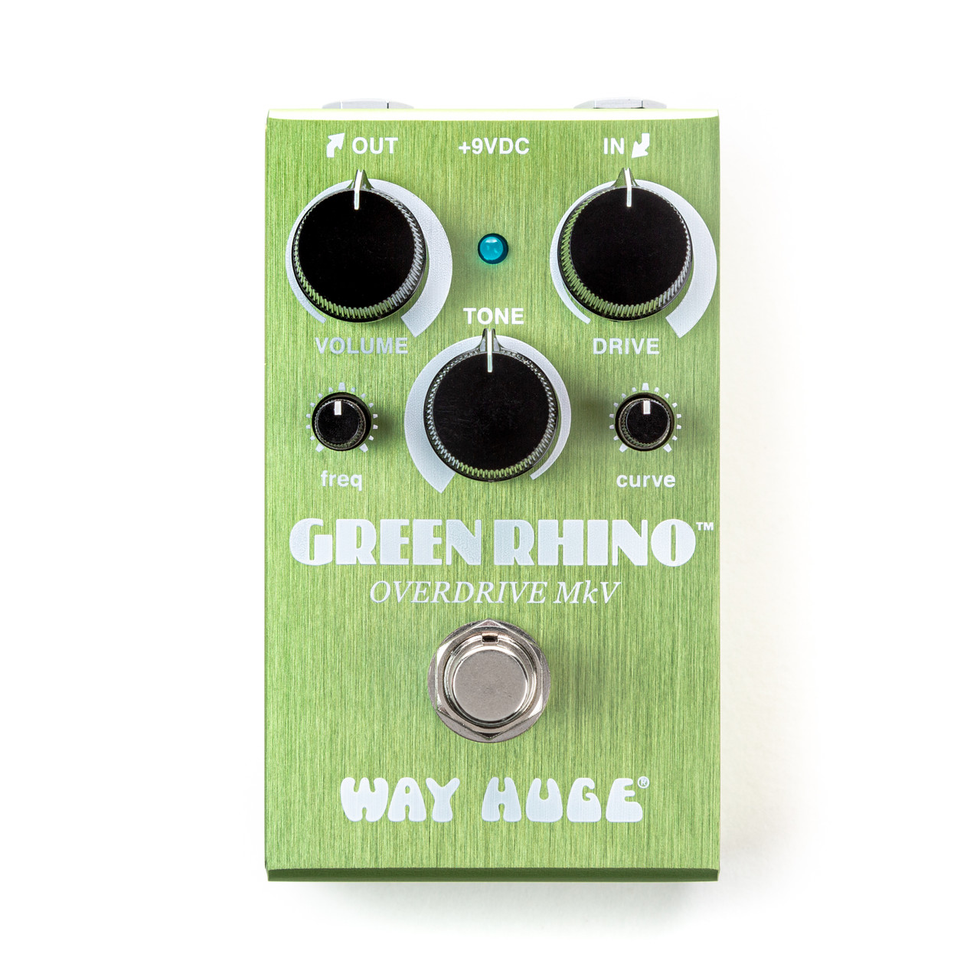
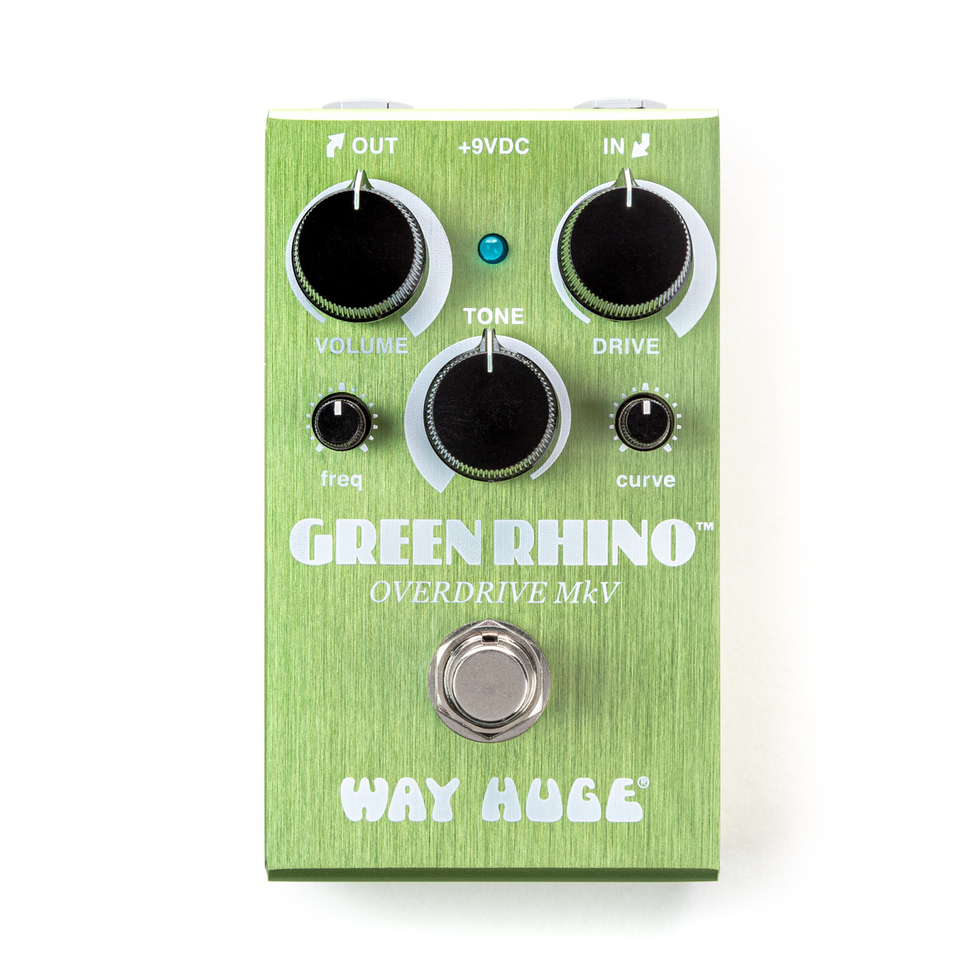
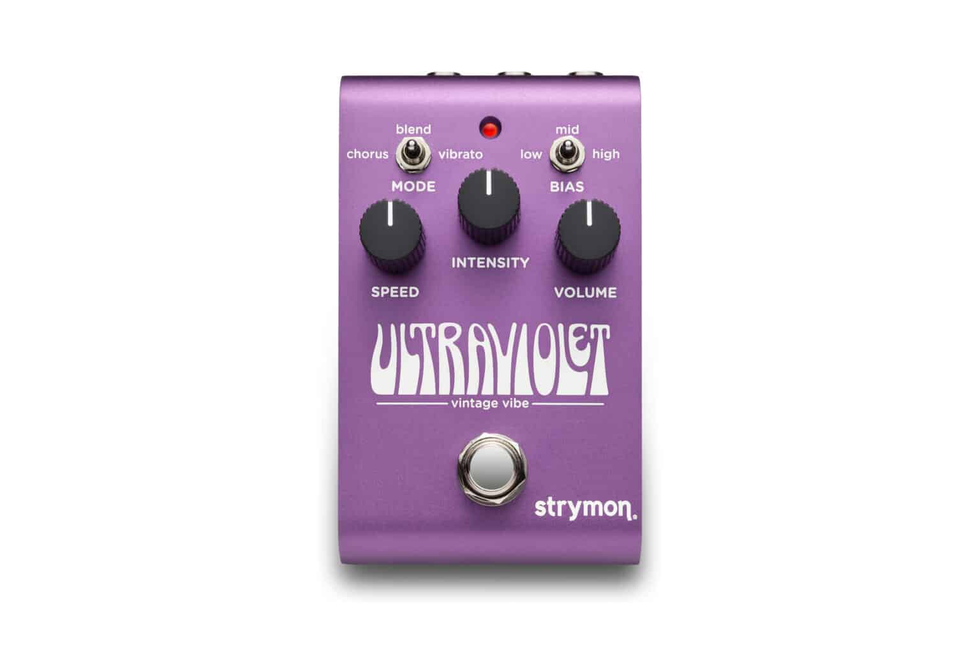
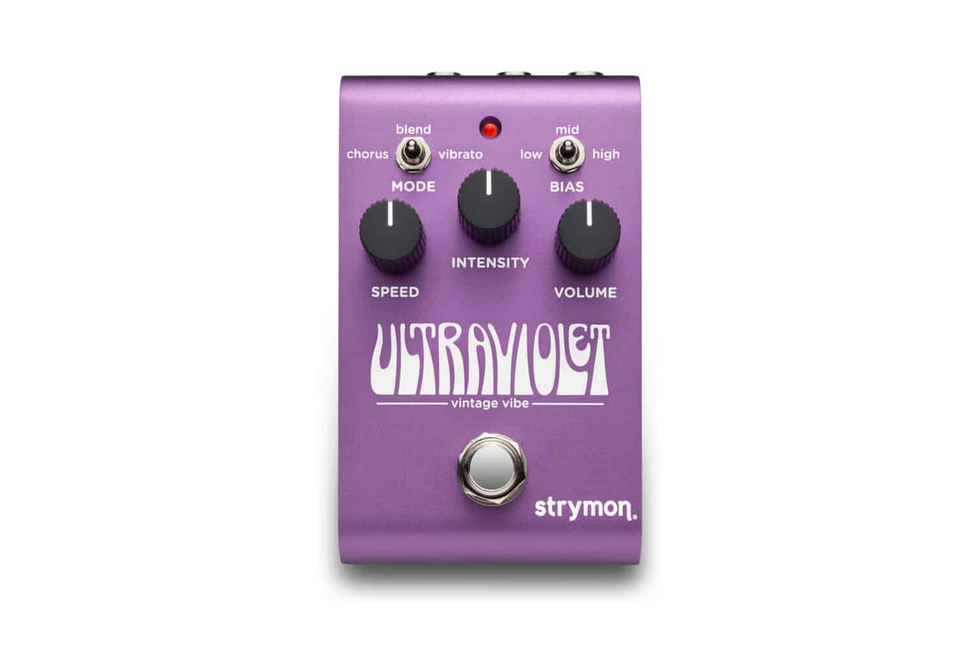
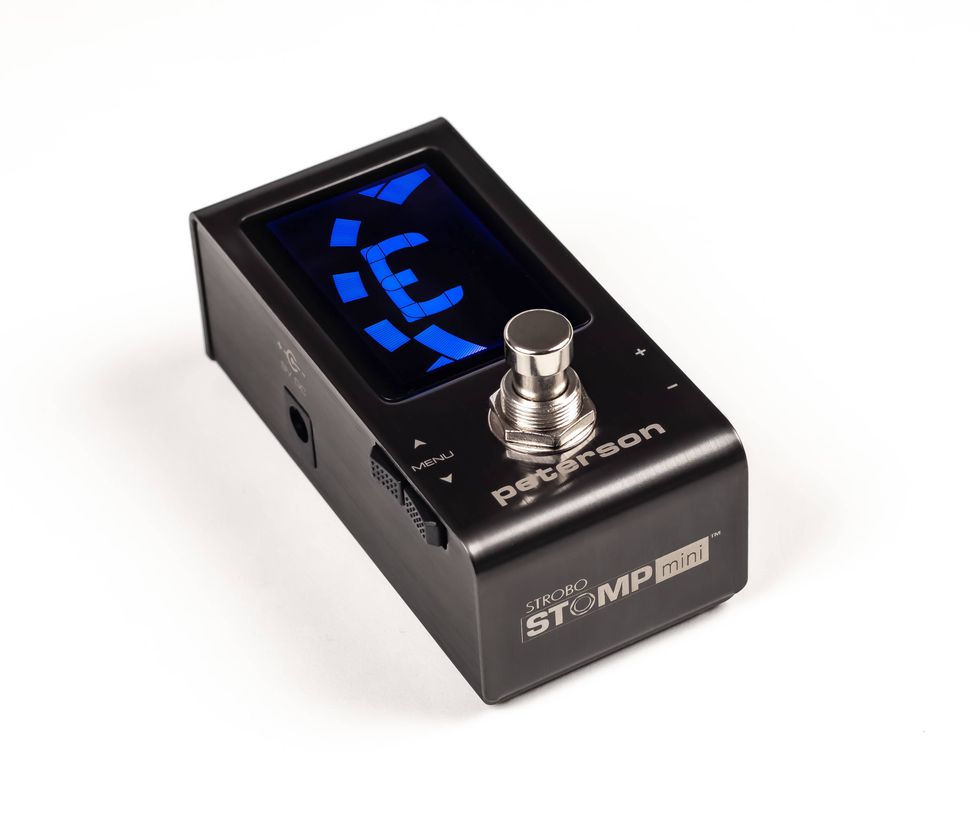
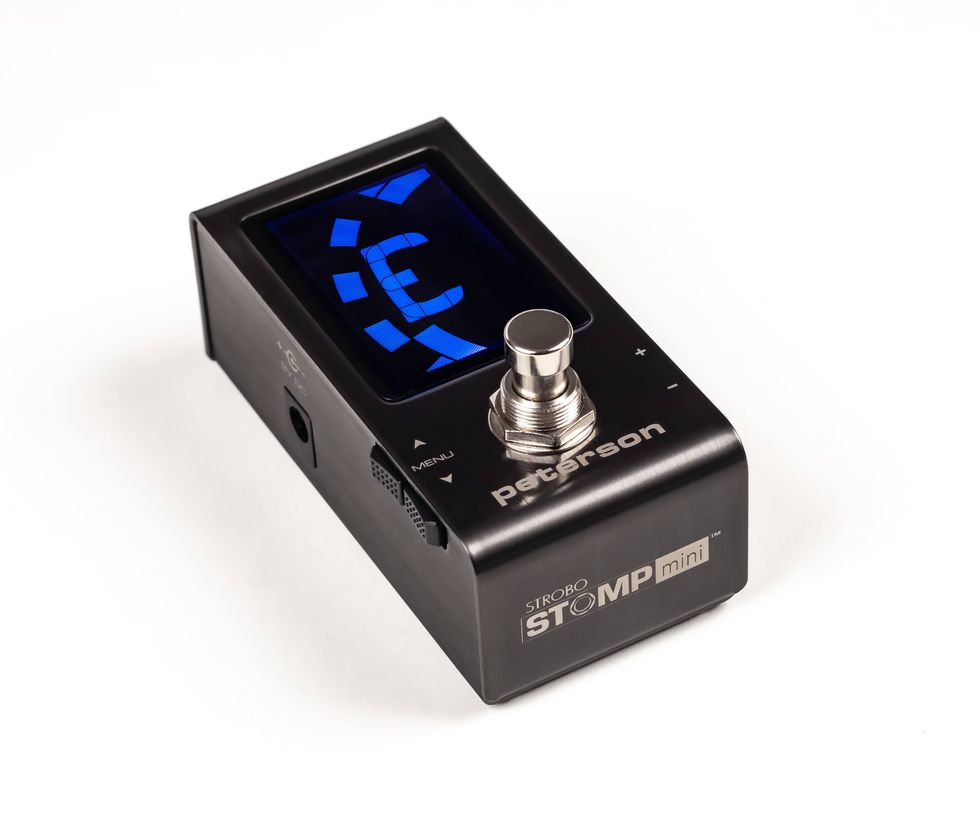
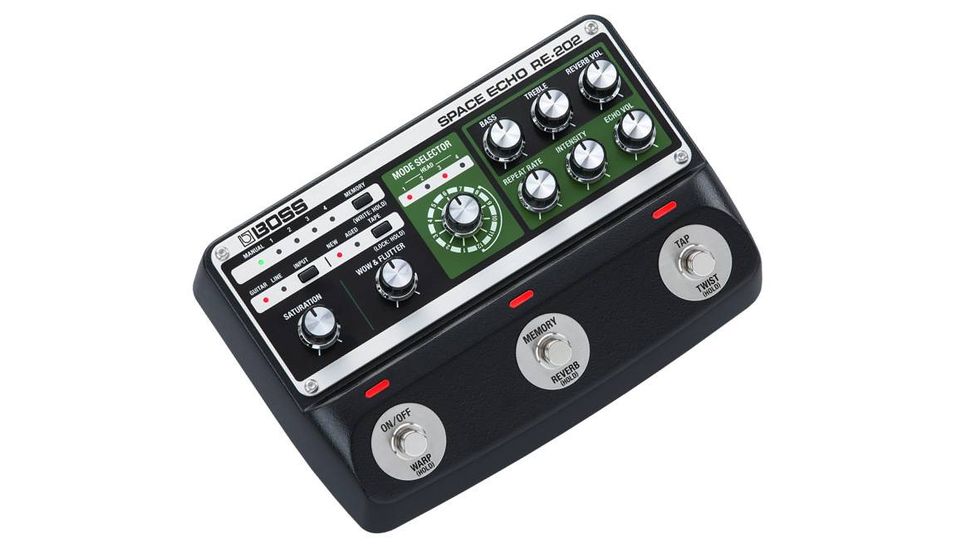
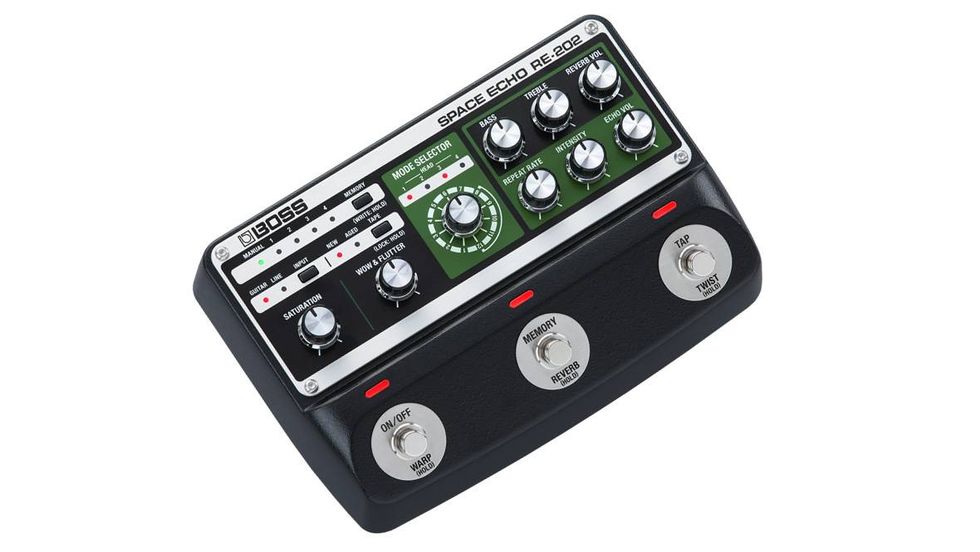
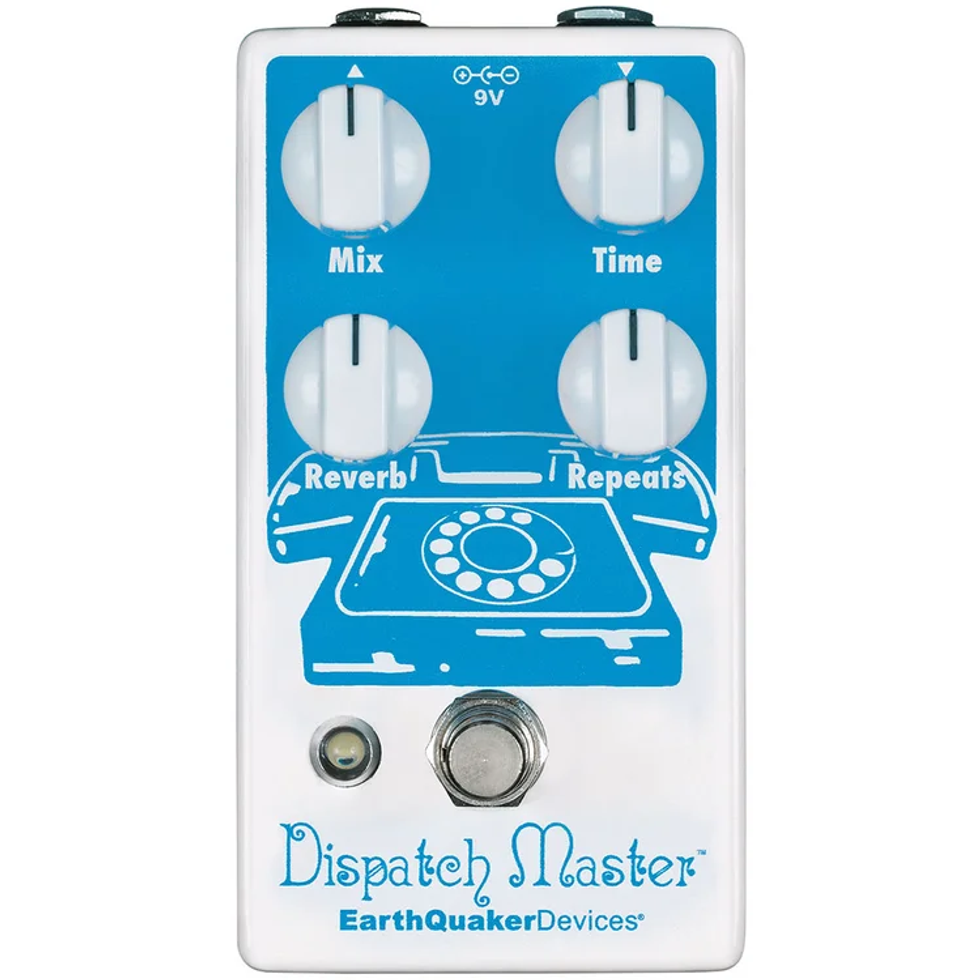
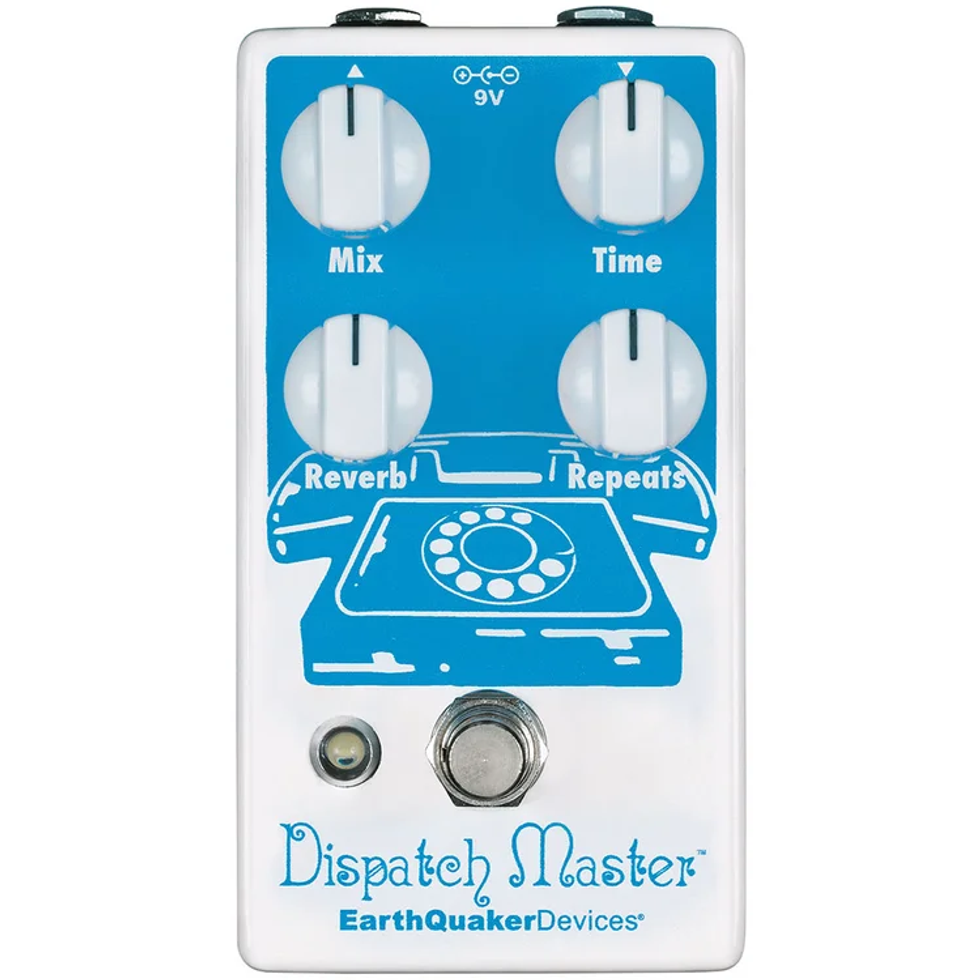
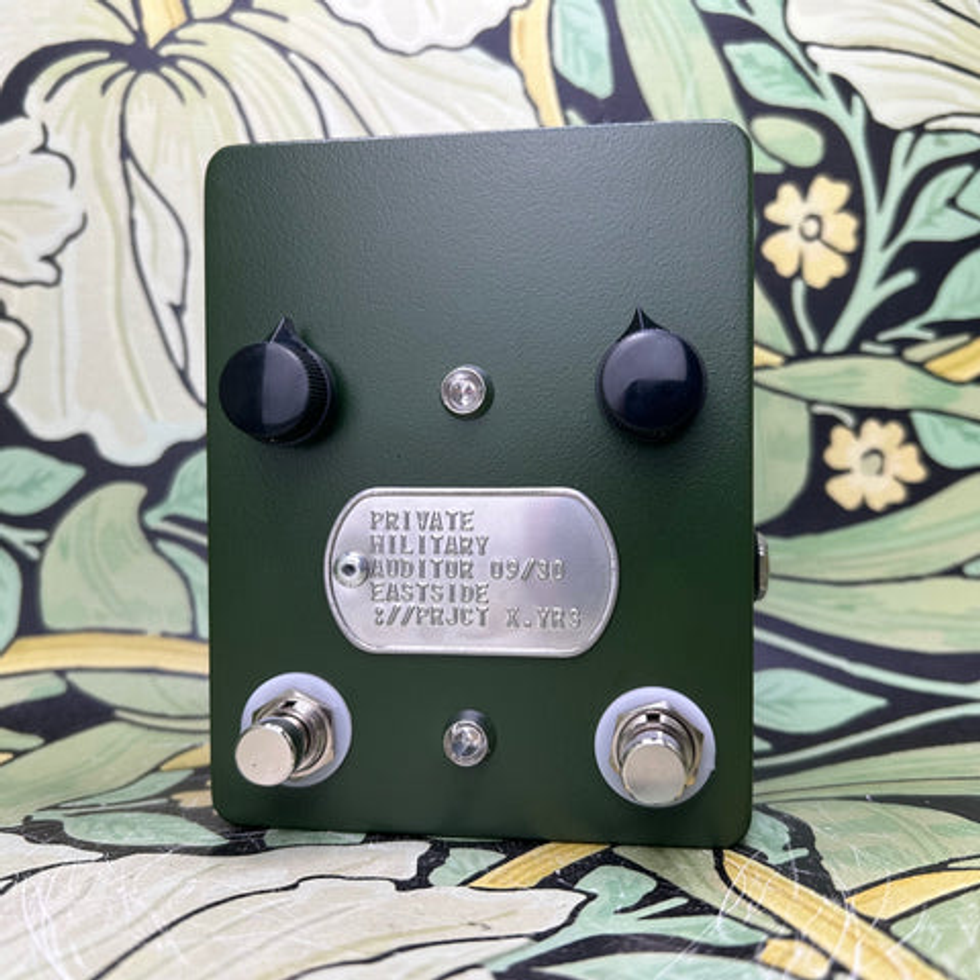
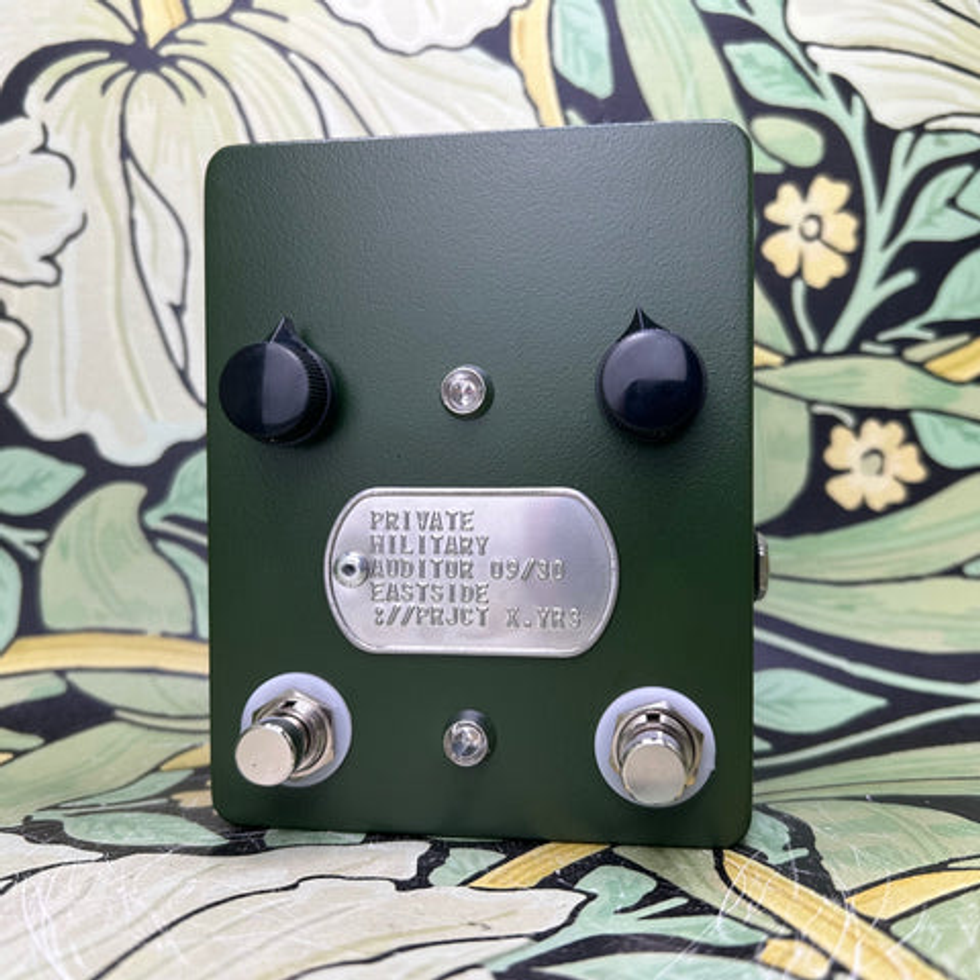
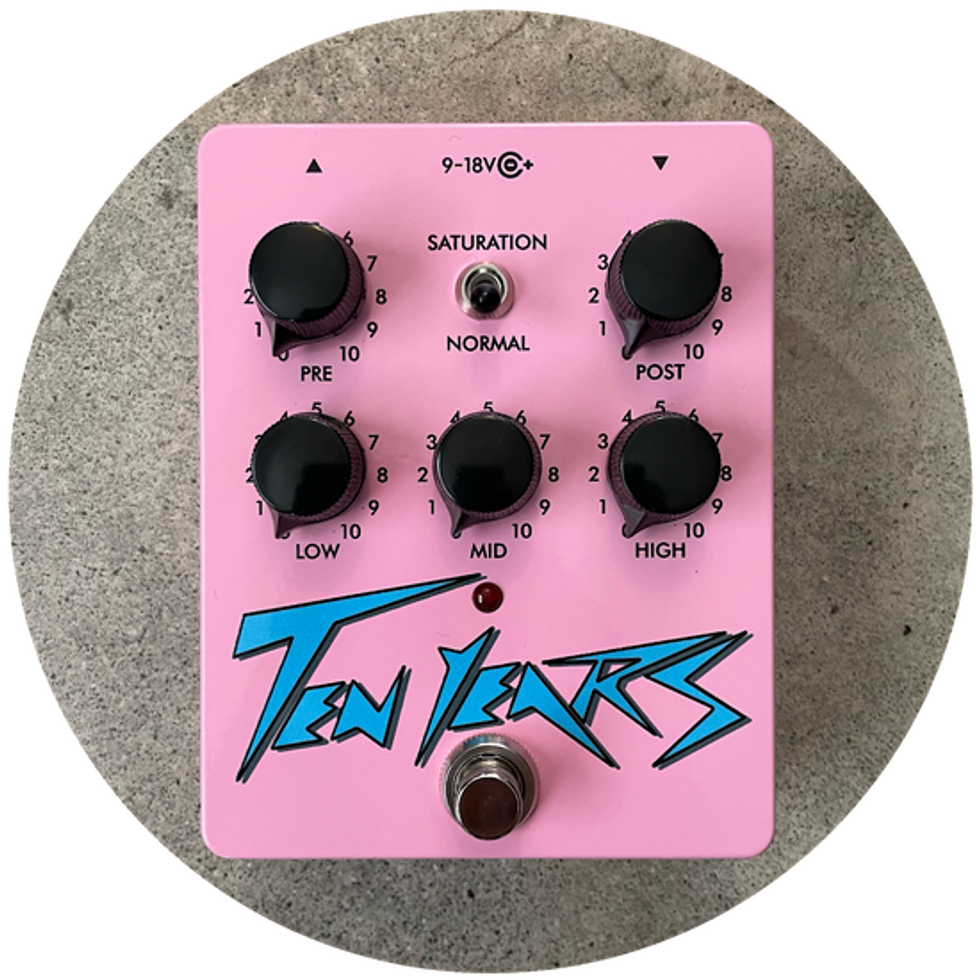
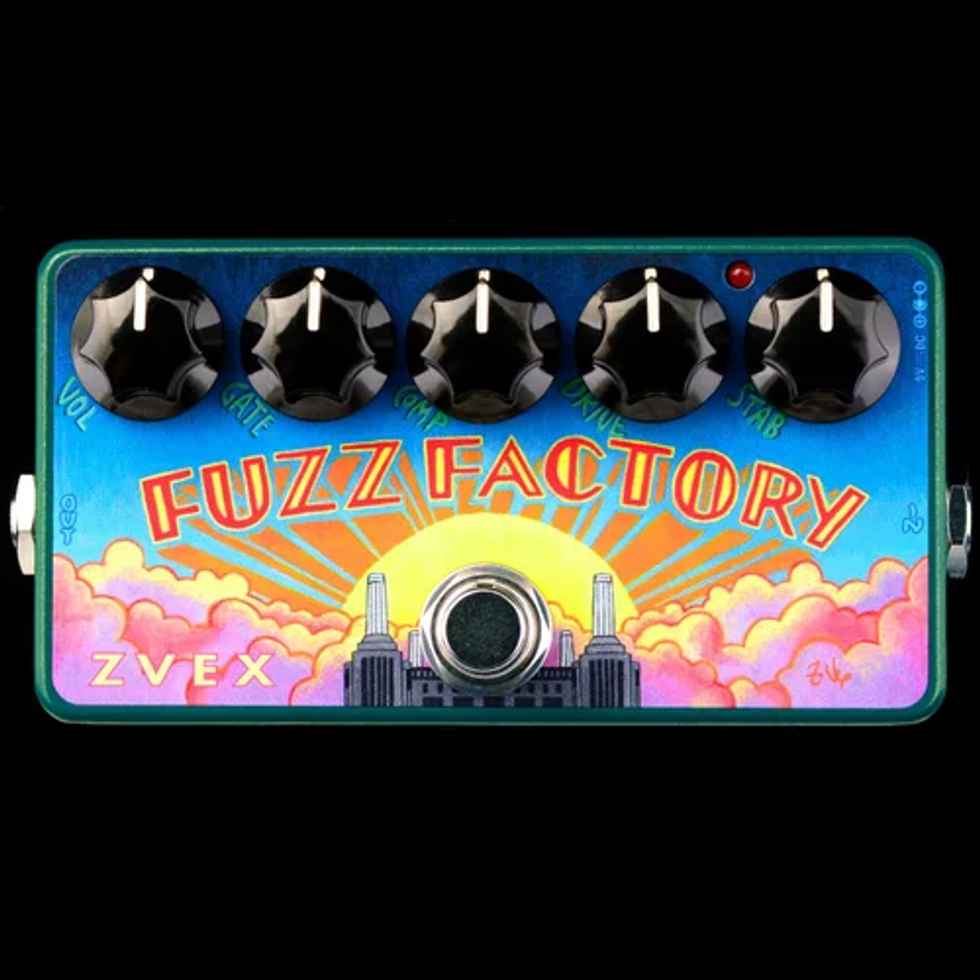
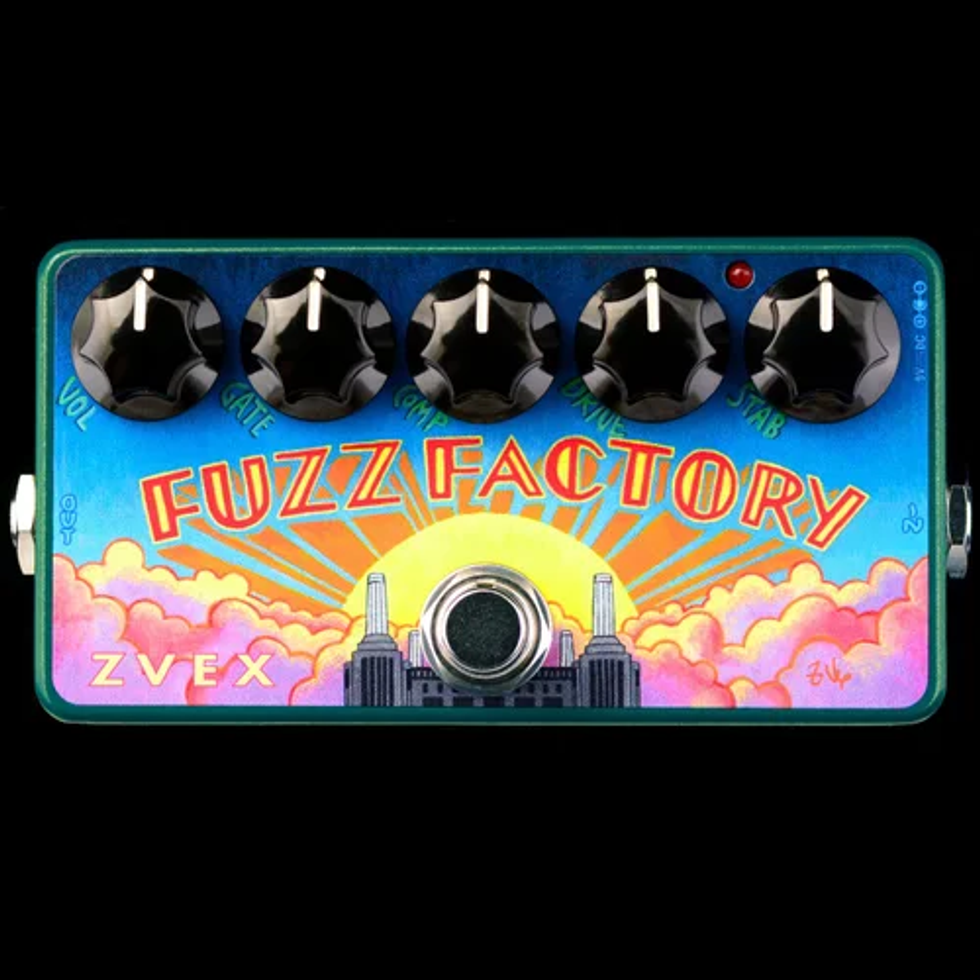
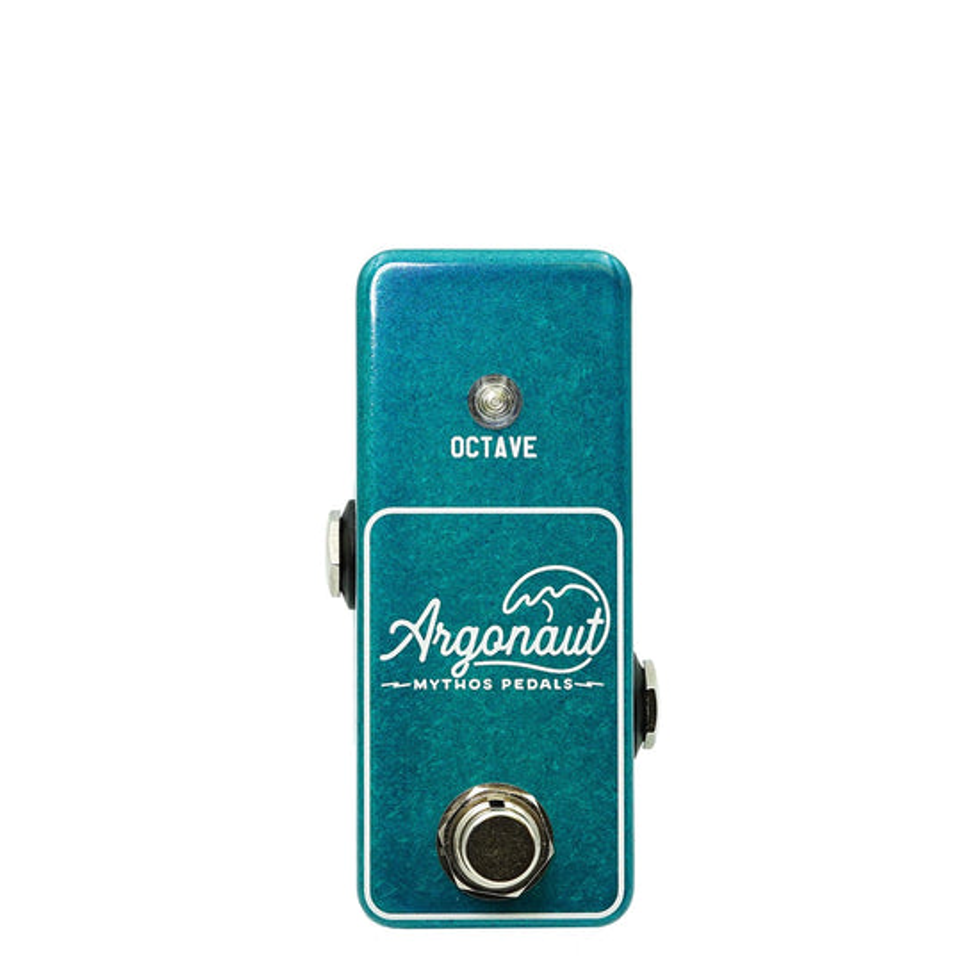
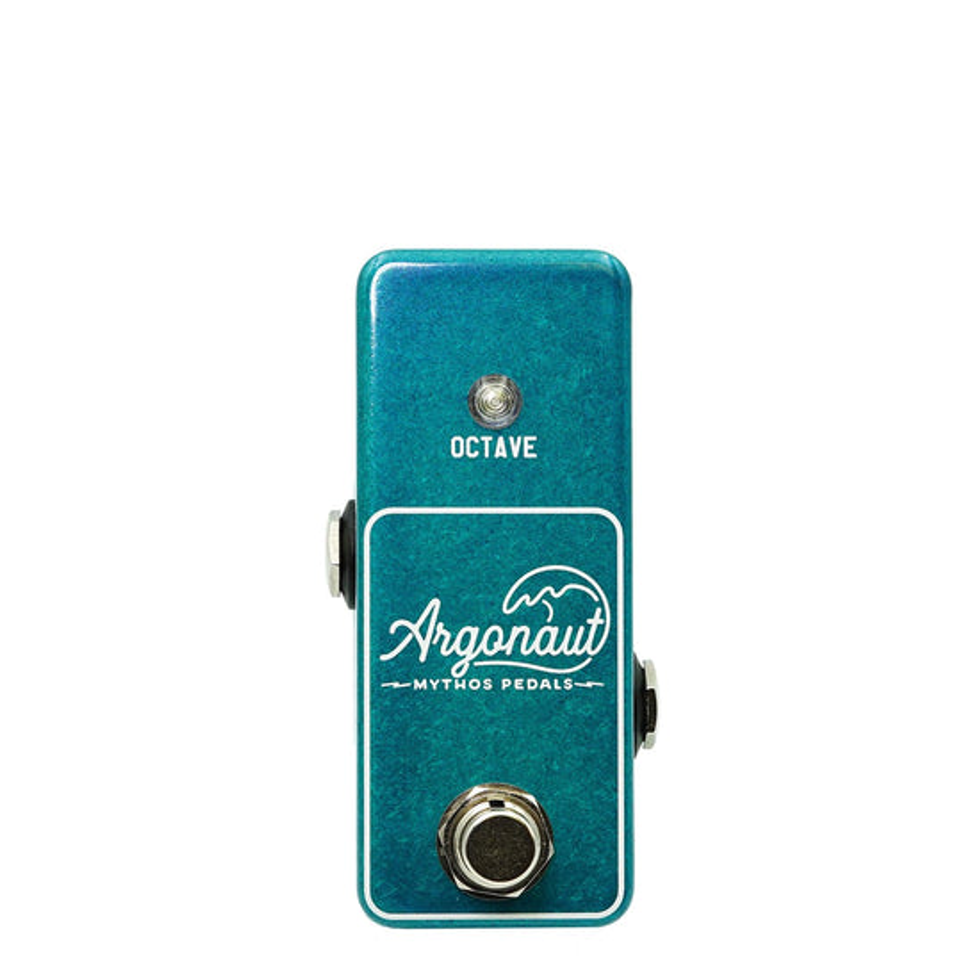
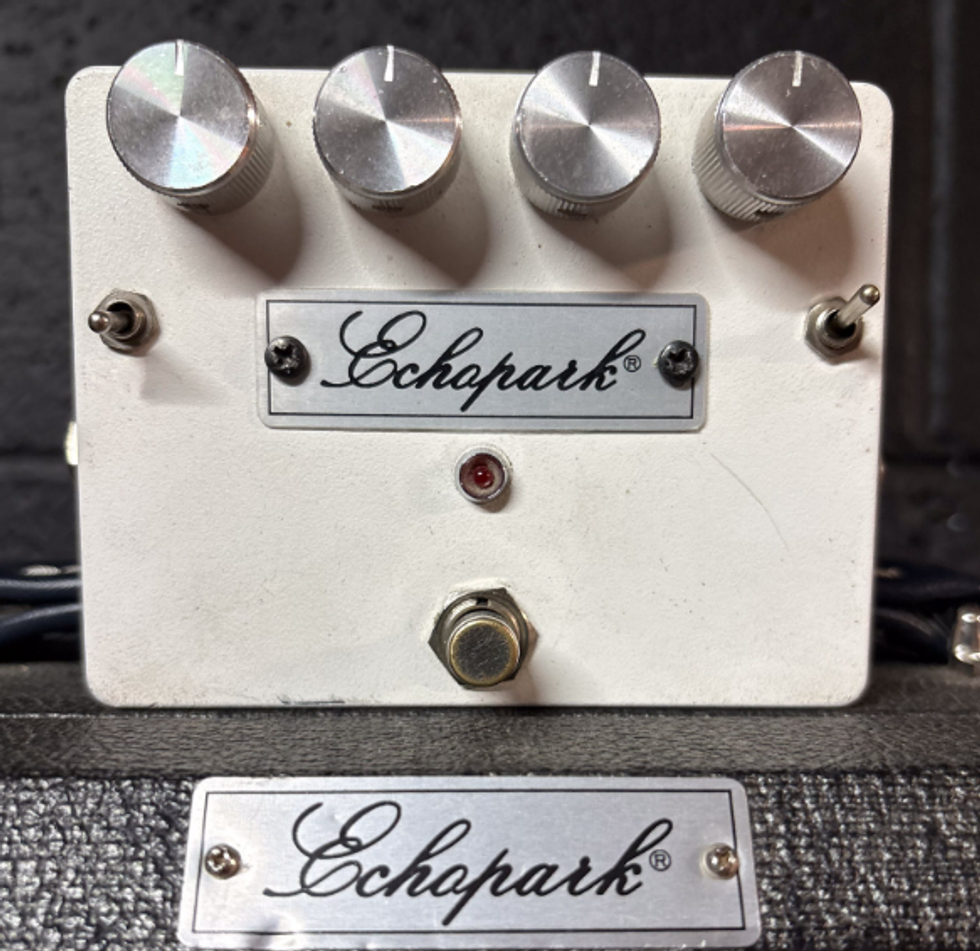
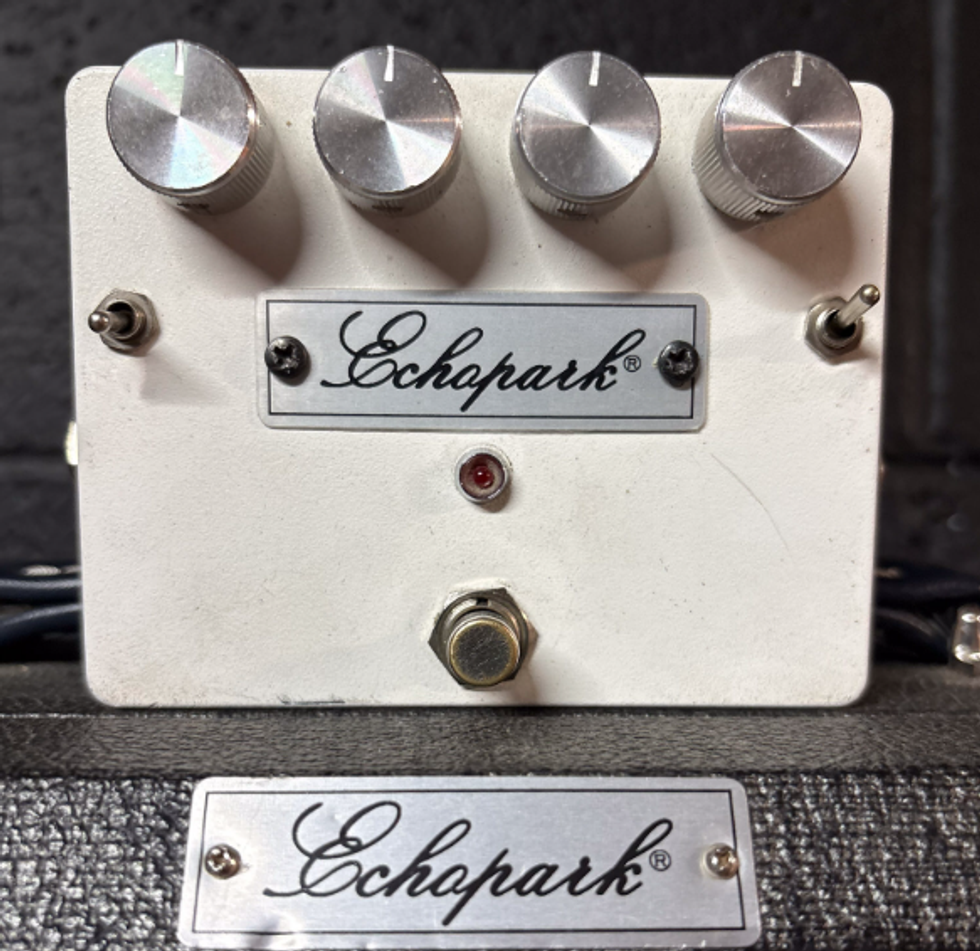








 Zach loves his Sovtek Mig 60 head, which he plays through a cab he built himself at a pipe-organ shop in Denver. Every glue joint is lined with thin leather for maximum air tightness, and it’s stocked with Celestion G12M Greenback speakers.
Zach loves his Sovtek Mig 60 head, which he plays through a cab he built himself at a pipe-organ shop in Denver. Every glue joint is lined with thin leather for maximum air tightness, and it’s stocked with Celestion G12M Greenback speakers.







